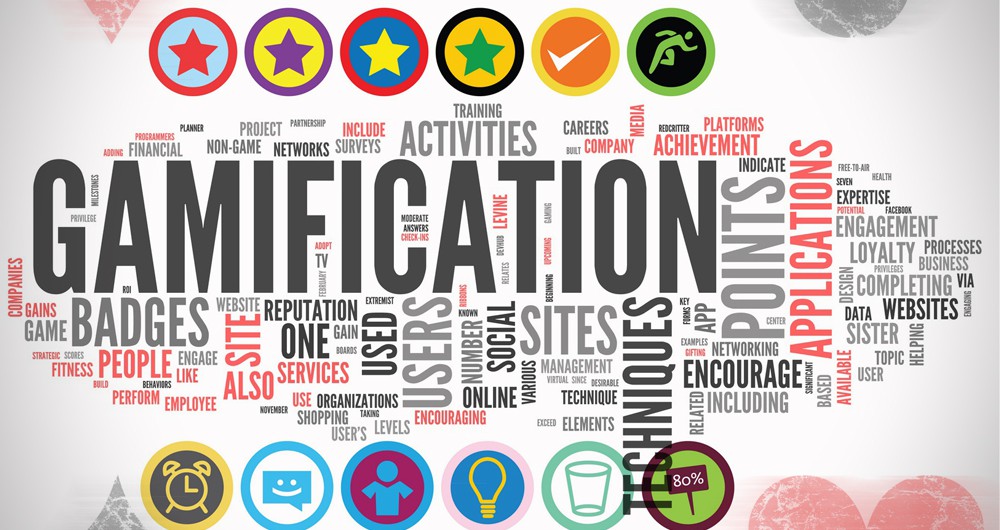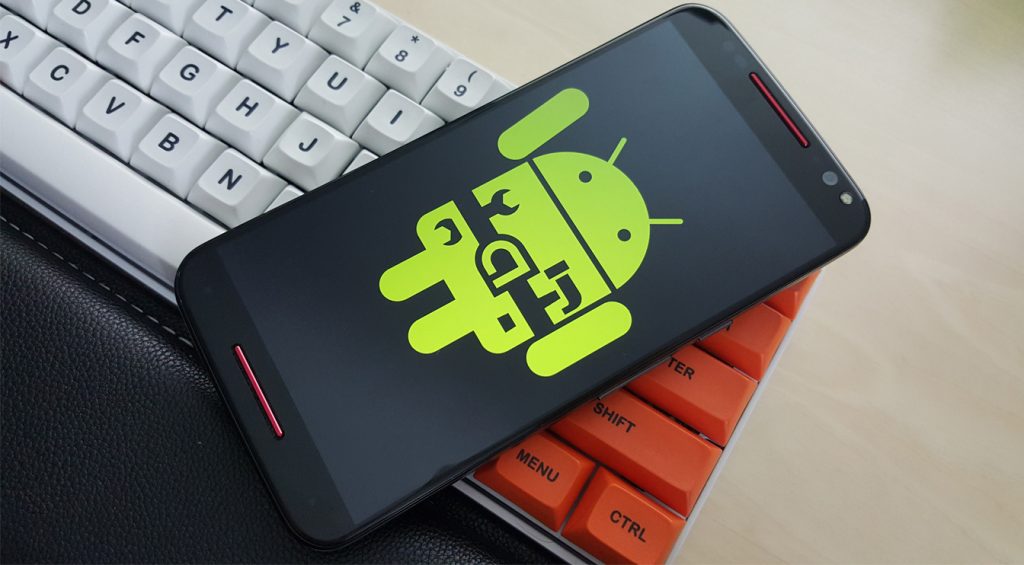
This 4 parts article series is to place focus on the issues that are faced by the Human Resource department of companies in Malaysia.
The purpose of this series is to uncover the cause & effect of the issues that’s been plaguing the HR department in Malaysia. Then, provide a viable solution for said issues. If you haven’t read part 1 of the series, you can find it here. Using gamification to solve issues mentioned previously will be the main focus of part 2 of the series.
The gamification buzzword has been thrown around for a couple of years. Some would already know what it is, but for those that don’t know, you can refer to here for an introduction to what is gamification. Essentially, gamification is the application of game design principles in nongame scenarios to solve the problem or engage the audience.
To start it off is the use of gamification to solve the issue of low L&D participation. Gamification LMS is slowly becoming a norm, but still not yet widely used. Gamification in L&D is all about making learning compelling for the participants.
In this situation, Gamification is to tackle the issue of marketing, flexibility, and modality. In which are the issues identified as the cause of low L&D participation. A gamified l&d program will automatically provide notification to the relevant employee of the available program. Properly communicating the objective of the program, method of delivery, and time needed is important. Personalized learning, a part of gamified learning, give the learner the ability to control the nature, timing, and direction of the learning process. By doing so, it would encourage the employee to participate more in the training programs as it is more flexible to meet the employee’s demand. A good example of L&D which gamified learning is Khan Academy, in which more detail can be found here.
“In business, what’s dangerous is not to evolve.”
– Jeff Bezos
Recognizing the importance of employee engagement is one thing, but driving it is another. In order to engage the workforce, employers are expending resources on things such as free lunch and career. While a step in the right direction, these efforts do not go far enough to increase employee engagement. Because real engagement stems from day-to-day, and investment in the tasks at hand. The most effective way to jump-start employee engagement is through gamification as it makes the task more engaging.

How gamification help increase employee engagement?
- Gamification offers immediate signs of progress and achievement.
- Traditionally, employees receive an annual review which decides raises and promotions. Most of the time, they toil away unnoticed and unrewarded
- In a gamified workplace, employees receive a constant update on their performance as they earn higher rankings and badges which get the attention of colleagues and supervisors. Spotify and LivingSocial have started using mobile and gamified versions and reported 90% of employees voluntarily participating in programs.
- Gamification allows the best and brightest to shine.
- Gamifying business helps companies identify their future stars and leaders. A motivated worker can use it as a tool to contribute and receive recognition, other than just motivating the disengaged.
- Traditionally, managers call attention to their best employees, workers now identify each other.
“To win in the marketplace you must first win in the workplace.”
– Doug Conant
Although gamification could not directly reduce turnover, it can affect other aspects of the company which will, in turn, reduce turnover rate. When designed properly with relevant strategy, gamification can,
- Motivate employees to learn and participate in training.
- Cultivate corporate culture and retain value employees.
- Incentivize paperwork and other administrative requirements to map the path to career success.
All of those mentioned above could assist in reducing the turnover rate of a company as it increases overall employee satisfaction and engagement. Gamification solution could also help improve talent acquisition program of a company. Such as, by identifying prospect with the best fit for the company to ease the hiring process.
As we can see, gamification is a solution to these issues. Now, the next article of the series will present a case study on companies that have implemented gamification.




About The Author: Ricco
A detailed oriented Bachelor of Management student. Good in research, Information Gathering, and Information Cross Check.
More posts by Ricco